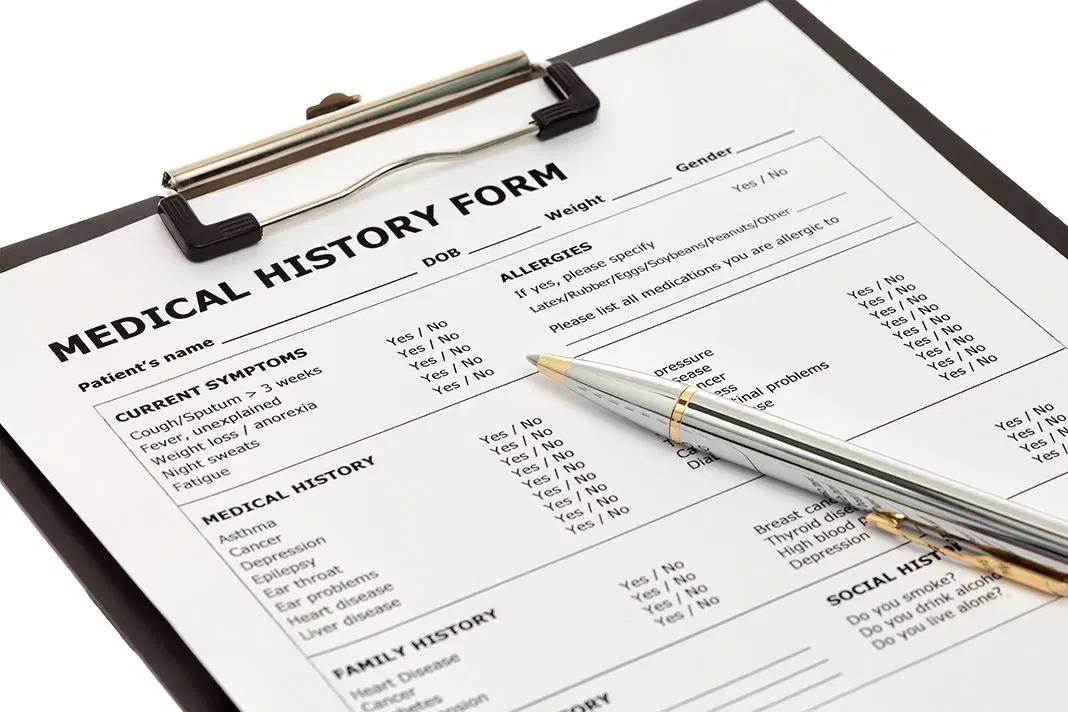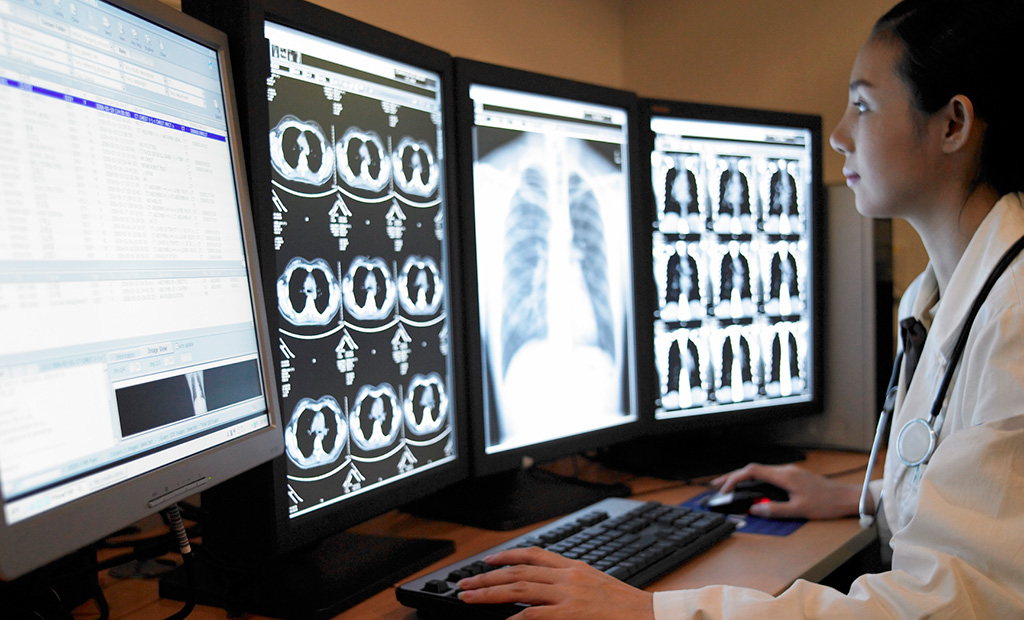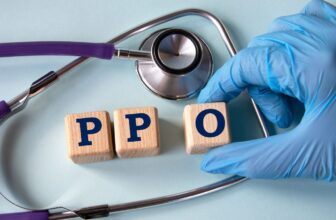
Medical records store an individual’s medical history and are necessary to provide any treatment in the future. So, it is a crucial document to be maintained. Apart from the medical history, the record also includes the patient’s identity details. So, we all have medical records.
But how many of us are aware of what exactly is recorded in the document? There are several medical and legal documents that tag along with medical records. It helps in protecting the details of the patient from being shared illegally. Check out the 15 main components a complete medical record should have.
Table of Contents
What does a medical record contain?

Source: nextavenue.org
A medical record is a systematic record found in hospitals to document a patient’s history. So, it will contain the patient’s health information, also known as PH. So, the medical record includes details like health history, billing details, identity information, medical examinations, findings, and results. Learn more at ameequipment.ca.
A little history about medical records
Medical records were initially documented in papers. The printed reports with different sections would be attached to the right tabs. But slowly, with the advent of technology, the Electronic Health Record (EHR) came into the picture. There are two major periods that show the evolution EHR. In the 1960s and 1970s, academic medical centers started to create their own systems. In the 1980s, leaders started to see the benefits of industry-wide standards and started putting together groups to work on the bigger problems that would make it easier for more people to use electronic medical information. So, all the tabs and sections are documented as separate menus electronically today. This typical medical health chart has menus for lab data, imaging reports, allergies, insurance information, and other details.
15 components of a medical record
1. Identification Information
Identification information is the main detail included in the document. It has all details about the identity of the patient. The records have the proper information like the patient’s name, date of birth, marital status, social security number and other personal details that will help them identify the patient.
2. Medical History

Source: todaysrdh.com
The medical history is recorded for everyone, whether they frequently have to go to the hospital or not. This helps to understand the patient properly, the diagnosis and treatments they have had before, etc. Some information included are allergies, medical care, present and past diagnosis, and treatments. Suppose you wonder why people without significant health issues should also have medical history details. It is because the doctor can understand whether the illness is situational, acute, or chronic based on the medical history.
3. Family History
While a patient’s medical history is essential to understand their past treatments, a patient’s family history is vital to know the hereditary and genetic health diseases they are susceptible to getting affected. While some hereditary diseases do not affect much, diseases and disorders like diabetes or cancer may be passed down. So, it is crucial to include the family history.
4. Physical Examination
The physical examination is basically a record of the patient’s PE details which details a complete head-to-toe evaluation of the patient’s physical state.
5. Consent Form

Source: totalvoicetech.com
A consent form is fundamental in medical records. This helps us identify that the patient is aware of the treatment taken and has made informed decisions about their health. In addition, it proves that the doctor has informed the patient about the medical procedures, treatment, history, and other details. So, a consent form includes all the details a patient should be aware of, like diagnosis, recovery chances, recommended treatment options, desired effects, and others.
6. Financial Information
This area in the medical record includes the financial information of the patient. When we say financial information, it refers to details like policy number, insurance payer name and phone number, the contact details of the responsible party, and their occupation details.
7. Treatment History
A treatment history shows their treatment details like vital signs, major complaints, surgical history, medical allergies, diet, alcohol intake, smoking, developmental history, obstetric history, and others.
8. Medical Directives
Medical directives here refer to crucial documents that outline the directions by the patient, expressing what they want or do not want to do. This is very helpful when the patient is in a situation where they cannot communicate their medical care.
9. Lab Results

Source: commonwealthfund.org
This component includes the different lab results the patient has received. The lab reports do not just refer to blood tests but can also be results related to cells, tissues, and others. All of the reports, like scans, X-Rays, mammograms, and ultrasounds, are also a part of this section.
10. Progress Notes
These notes are written by doctors who monitor the patient’s health and progress — both positive and negative — during the treatment. While the kind of information included in the progress notes differs with each patient’s medical history, some of the standard details noted down include bowel and bladder functions, food intake, vital signs, daily observation, and information about sudden changes, if any.
11. Consultation Reports
The reports on the consultation are similar to the progress reports from the doctor but refer to the consultation details of the patient. Suppose the patient is asked to consult an expert doctor for a problem. The consultation reports will include the documentation provided by the expert.
12. Nursing Notes

Source: wordtemplatesonline.net
The nursing notes have the details recorded by the attending nurses. These notes have details like blood pressure, temperature, pulse, respiration of the patient, injections or trips given, etc. It is useful when other nurses refer to the details to continue the treatment and helps the doctor observe the patient.
13. Medication List
The medication list includes the details of the prescription and nonprescription medication. It also has information about the dose, the method of intake, the schedule, and the number of days or months the medication is prescribed for. The category can also have details like if they have tried herbal remedies, OTC medication, etc.
14. Discharge Summary
If a patient is admitted for a specific problem, a discharge summary will be written by the doctor who has observed the patient and given the treatments, authorizing the discharge. This includes all details about the treatments, test outcomes and patient responses during their admission to the hospital for that specific issue.
15. Operative reports and others
The operative report has the surgeon’s documentation about the procedure, diagnoses, and patient’s response to the surgery. Other reports that will be included are treatment reports like chemotherapy, physical therapy, and others.







